Cookies & Your Privacy
This website uses cookies to ensure you get the best experience on our website. More Information >
Home » Learning & Resources » Case Studies » Adaptive Ground Stabilization at the UNI Dome Elevator Shaft Excavation
In geotechnical construction and soil improvement, even the most meticulous site investigations can be blindsided by subsurface surprises. True project success is often determined not by ideal conditions, but by the agility and expertise of the team in response to the unexpected.
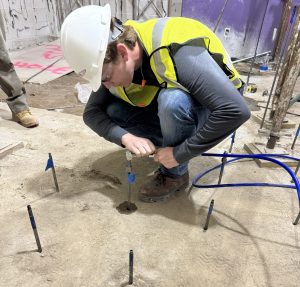
Such was the case during the excavation for a new 8.5-foot-deep elevator shaft at the UNI Dome. Originally planned with permeation grouting as the stabilization method, the project faced unforeseen complications due to complex native soil conditions and restricted site access.
The confined workspace around the elevator shaft ruled out traditional shoring techniques. Instead, the team designed a permeation grouting plan using acrylate grout to solidify the sandy soils and form a stable soil mass around the excavation perimeter.
A preliminary soil boring taken near a large column footing suggested ideal conditions: loose, sandy fill with minimal fines, perfect for permeation grouting. However, this soil boring was misleading. The soils adjacent to the footing had been backfilled during the Dome’s original construction and did not represent the native soil profile throughout the rest of the excavation.
Excavation to a depth of 4 feet revealed a dramatically different reality. Native soils consisted of sandy layers interbedded with thick clay seams -conditions that significantly impeded grout permeation and resulted in only partial solidification. The sudden shift in subsurface behavior required an immediate and innovative re-evaluation to avoid major project delays.
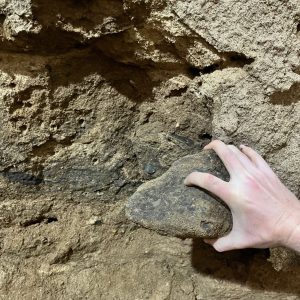
HMI’s engineering team, in close collaboration with the installation contractor, devised a rapid-response solution utilizing polyurethane foam’s high strength and fast curing properties.
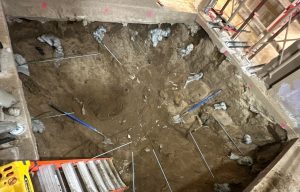
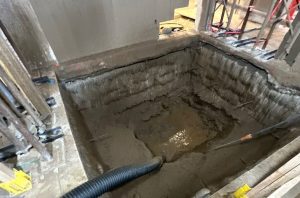
Key components of the revised stabilization strategy included:
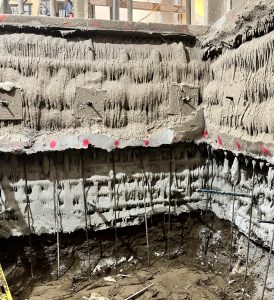
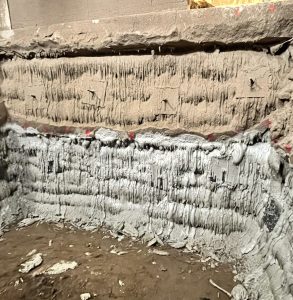
The adaptive use of polyurethane foam technology enabled safe completion of the shaft excavation despite challenging soil conditions and constrained access. The surrounding structures remained stable throughout the operation. Concrete for the elevator shaft was placed without incident, and the project schedule remained largely intact.
This project highlights the value of responsive engineering and versatile ground improvement solutions. When initial plans were compromised by unexpected geology, the team’s swift pivot to a polyurethane-based approach ensured both structural safety and schedule integrity – reinforcing that success in geotechnical work hinges on adaptability as much as on planning.
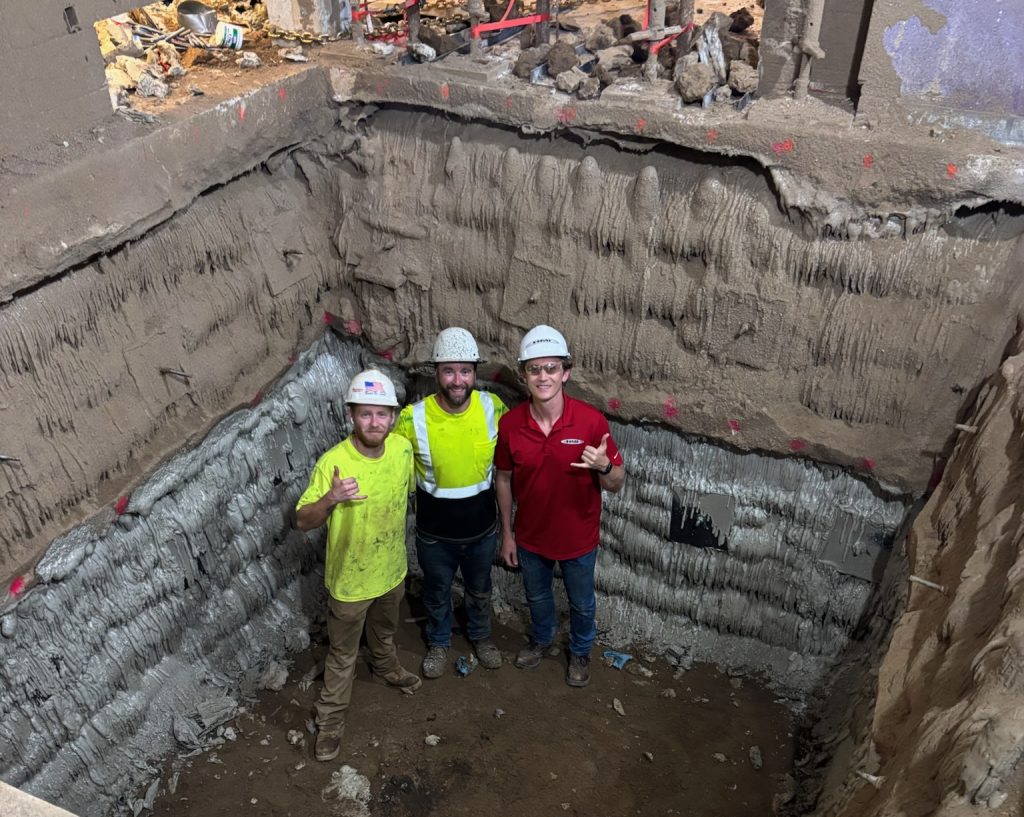
This site is protected by reCAPTCHA and the
Google Privacy Policy and Terms of Services apply.
In 2 days, we will teach you what you need to know to successfully tackle soil improvement projects!